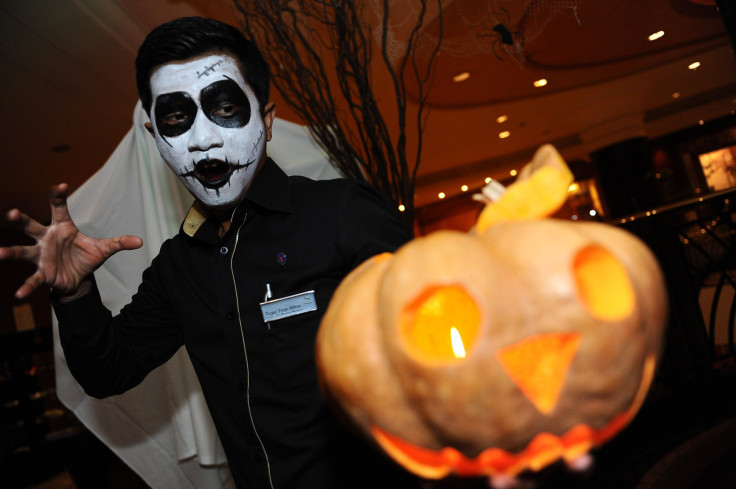Samhain 2015: 5 Things You Need To Know About The Pagan Festival

Saturday marks for many Halloween, the day of the year when people dress up in costumes, watch horror movies and give out candy and treats to children during trick-or-treat. The holiday is not a particularly religious one compared to other common holidays, but its roots are in a far lesser-known pagan holiday — Samhain.
Samhain, pronounced “sow-in,” was celebrated by the Celts and was meant to mark the end of summer and the beginning of the dark, cold part of the year, according to History.com. The Celts, who inhabited areas of Ireland, the United Kingdom and France more than 2,000 years ago, believed that on the night of Oct. 31, the line between the dead and the living was blurred, allowing for the spirits of the dead to dwell among mortals.
If you’re wondering where the holiday of Halloween came from, here are a few keys to illuminate your understanding of Samhain.
The spirits that came back during Samhain are not always so friendly. The spirts the Celts believed visited them weren't always friendly ghosts — the Celts believed the returned dead would often cause trouble, damaging crops. To commemorate the event , the Celts would build large bonfires to sacrifice animals to the returned dead, and wore costumes as well. A far cry away from the mass-marketing costumes one sees today, they were mostly made of animal skins and heads.
The history of Samhain is not entirely Pagan. When the Romans took over control of Celtic lands in the first millennium, they began to supplement the older Celtic traditions with ones of their own, which included celebrations. Around the end of October, the Romans would celebrate Feralia, a day to remember the dead, similar to Samhain. They would also around the same time have a day to honor the Roman goddess of fruit and nut trees, Pomona, whose symbol was the apple. The combination of the Roman and the Celtic holiday likely explains why children, and some adults, bob for apples on Halloween.
Samhain is still celebrated by some. Despite the fact that the Celts are long gone, some neo-pagans still celebrate Samhain. Some of these neo-pagans believe the day to be a witch’s new year, while others celebrate it just as the end of the year, according to the Huffington Post.
The good, the bad & the trashy -- see what your favorite celebs dressed as for #Halloween _ https://t.co/6CCxFlp0Ow pic.twitter.com/UyAkcGICKa
— billboard (@billboard) October 27, 2015
The origin of the jack o'lantern could be traced to Samhain. One of the main symbols associated with Halloween can trace its roots back to the pagan holiday — the grinning jack o’lanterns. Originally the Celts would carve vegetables during Samhain, eventually leading to larger pumpkins being carved for the modern holiday.
Samhain can be a solemn time for some. Samhain celebrations can be very reflective for those who still celebrate it. Meditative nature walks are common, as well as telling stories of a family’s ancestors.
© Copyright IBTimes 2024. All rights reserved.











